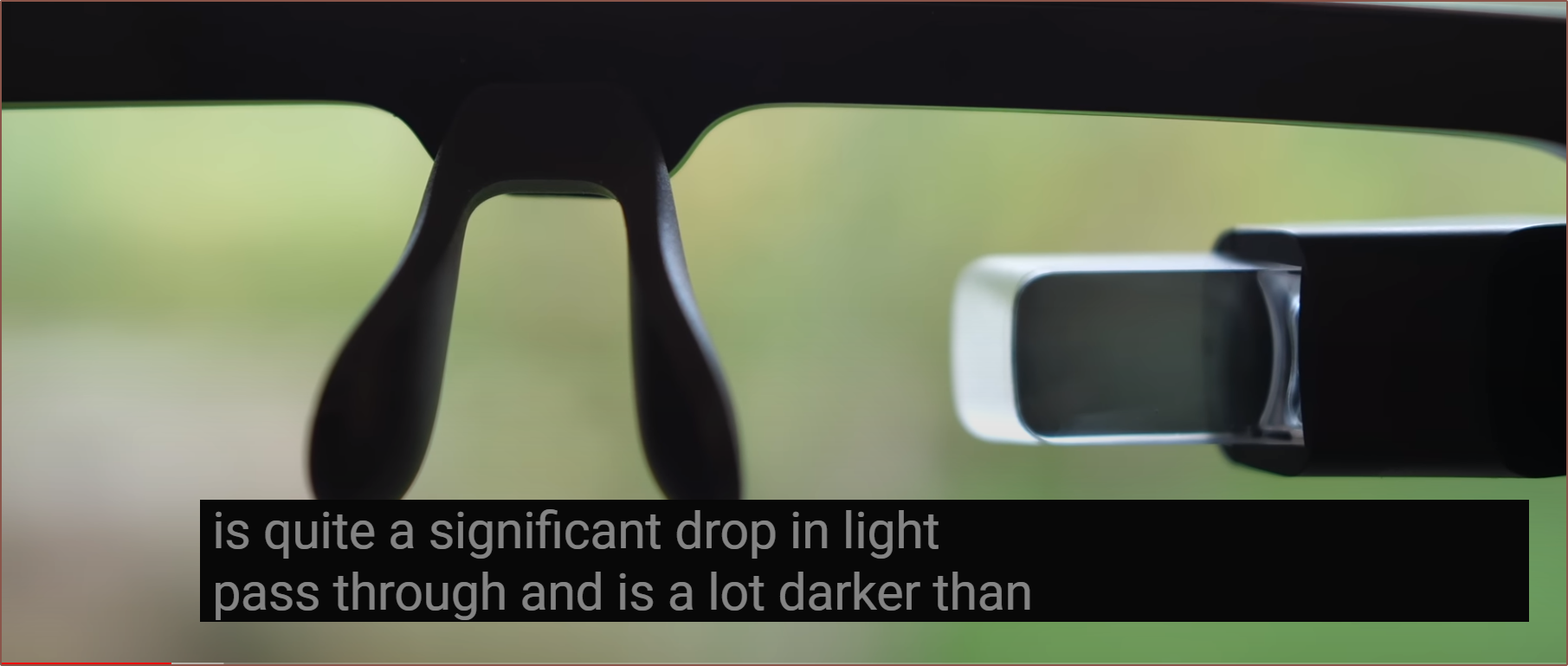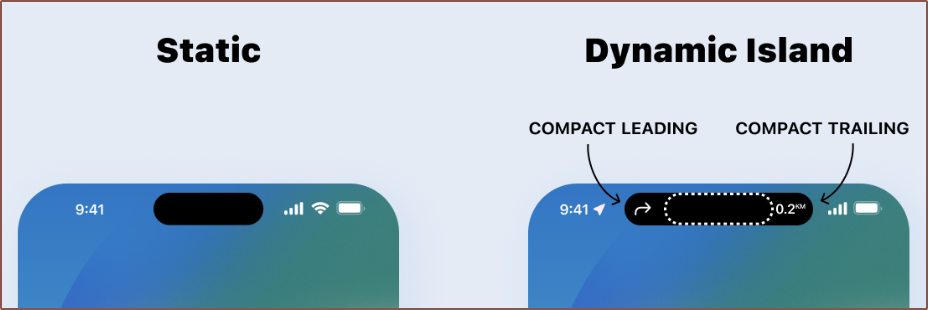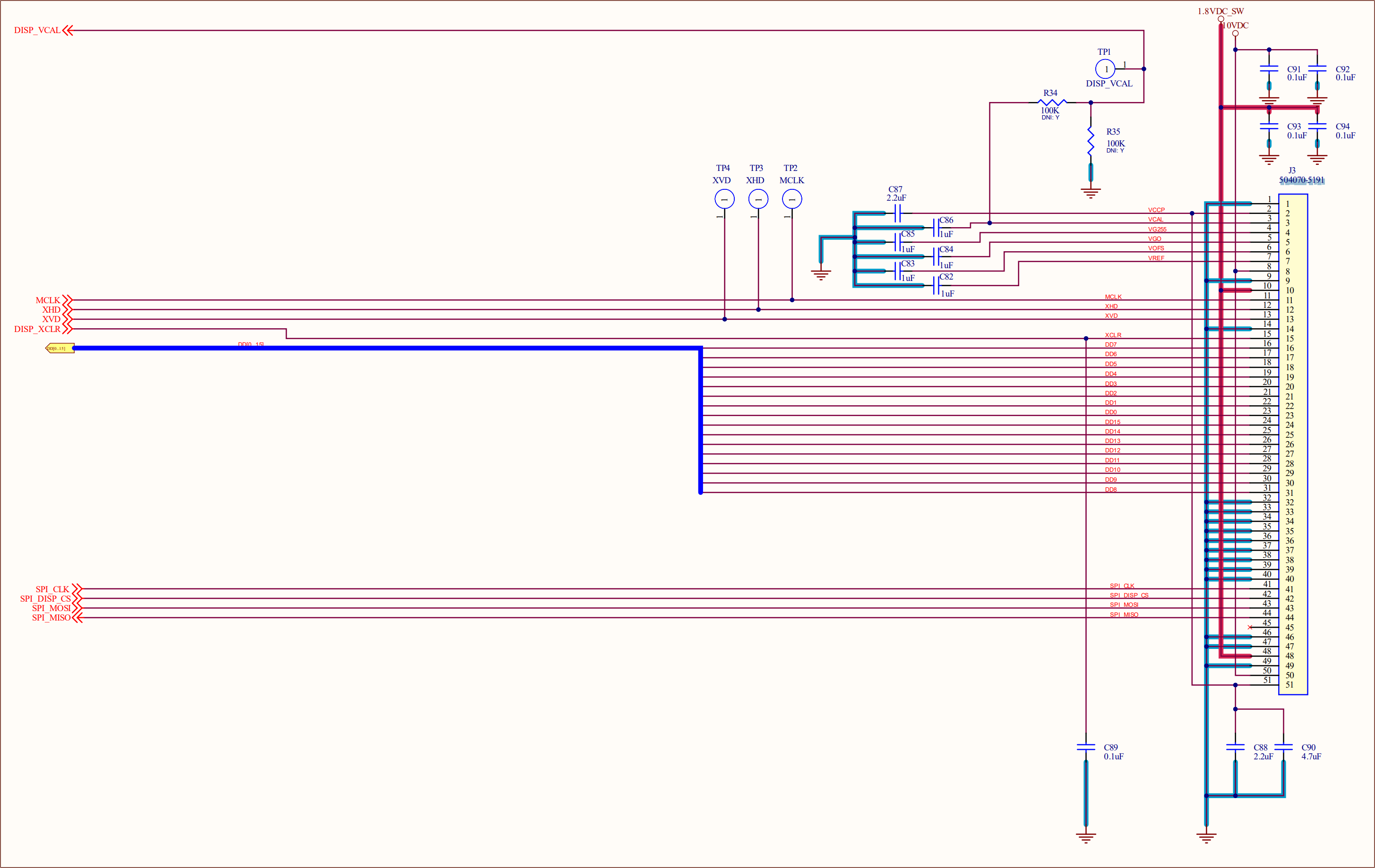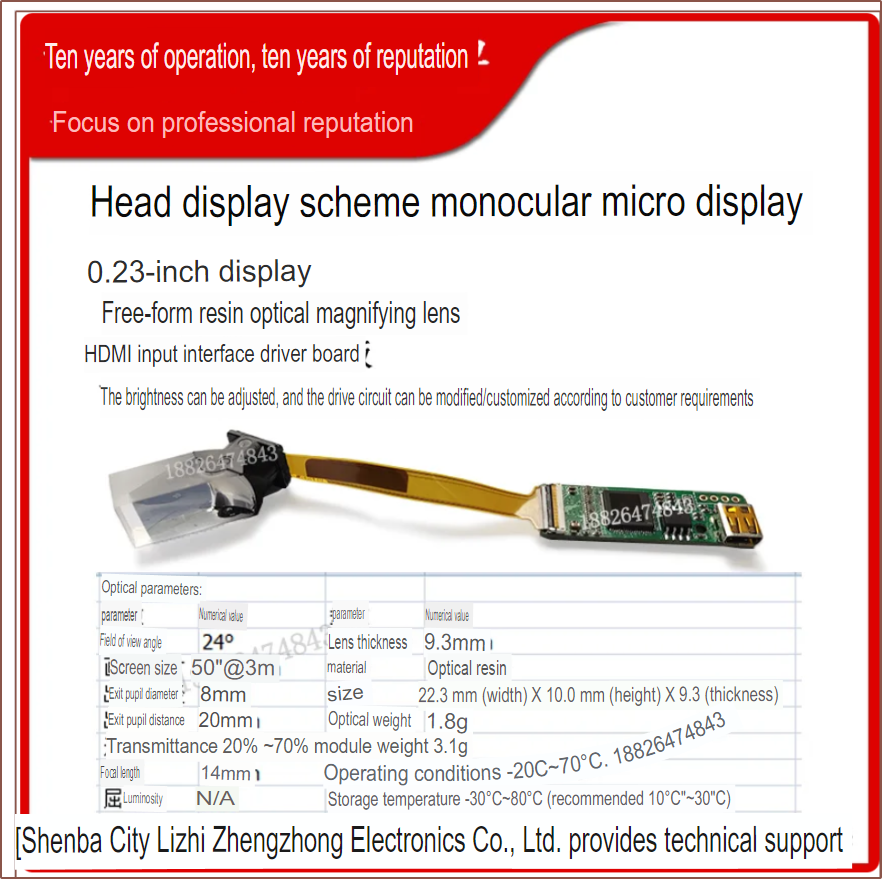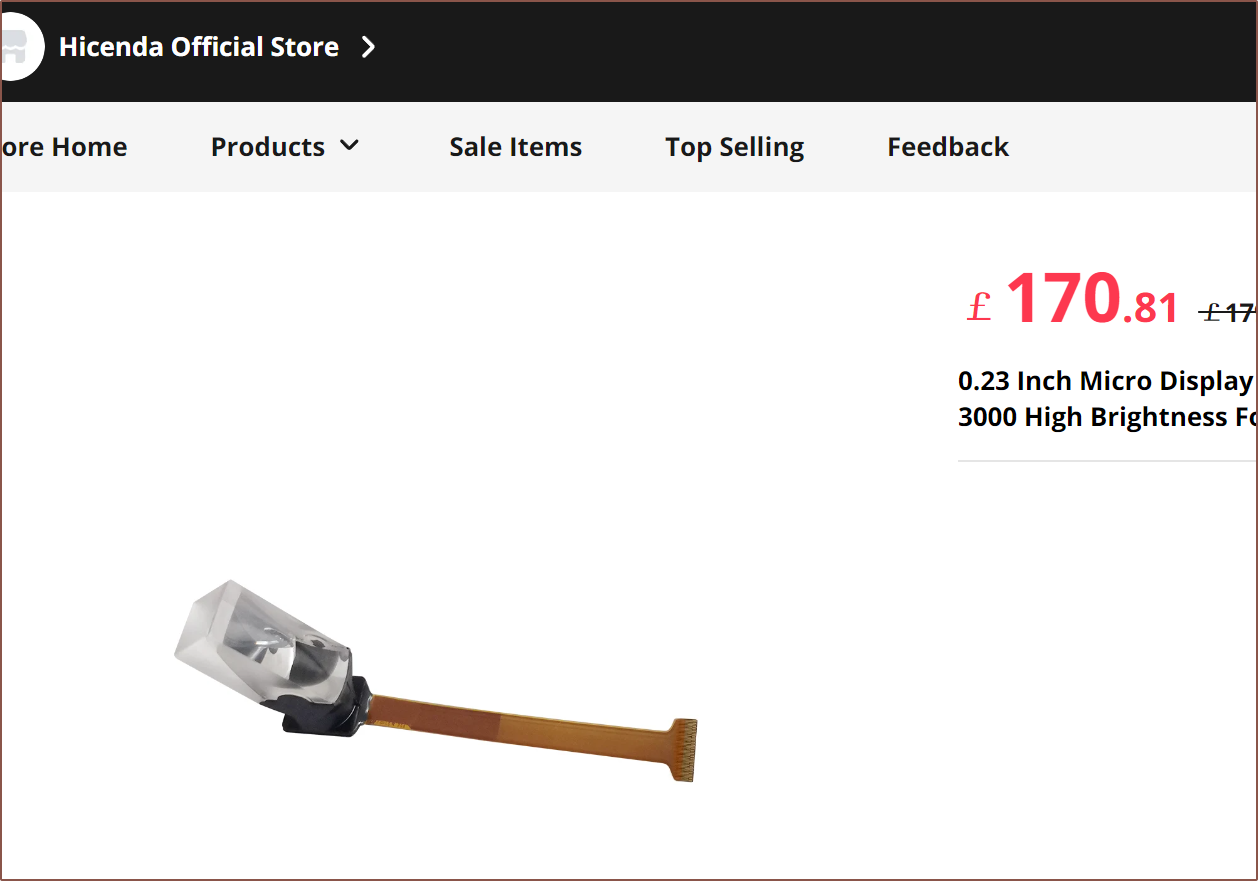-
[E1][T] Portrait prisms and 400 x 400 GUI?
05/28/2024 at 10:24 • 0 commentsSo I was watching a MrWhoseTheBoss video about the Apple Vision Pro and it highlighted that I need to think a bit more on the actual aesthetics of Tetinerary. Additionally, I was annoyed how Tetent, which could be as slender as 72mm wide, would be expected to be 93mm wide just because of the display mounted in landscape mode (and mentioning this will be relevant in a moment).
I started looking into hats, particularly ones that hid the forehead since the actual prisms need to be mounted a tad over eye level and usual hats end much higher than that (such as the one I designed in the render).
It didn't take long at all to realise that women's hats were at least an entire magnitude more glamorous than anything in the men's section. So I seeing all these hat designs and then imagining the prisms on them and it wasn't really working out, and then I remembered this meme when I was instead looking through my display options for #Tetent [gd0090] (while coming to the simple yet inescapable choice that I'd need to mount whatever screen I choose in portrait):
The inverse is also true; just because I have to pay for the whole prism display doesn't mean I have to actually use the whole prism display. At 32PPD, I'd rather the display take up less of my vision area anyway, and only using 400 x 400 out of the 640 x 400 display should be more than fine enough. I was already planning on only really using a 640 x 320 resolution anyway because of the desire to have the end result look like a HUD Dynamic Island.
I went back through the images I saw (and, with the sample data, also imagined some new ones) and mentally rendered 2 small, frosted glass prisms off to the far side of each eye (so that each eye doesn't see both prisms, resulting in 4 prisms visible in the user's FOV) and I belive it works well both from the first and 3rd party's point of view. For the 3rd party's PoV, I think the reason is because it's no longer "something bulky on your face" but an artistic choice of the hat. Like, a logo on one's forehead is going to be noticeably out-of-place, but that same logo on a hat is just business-as-usual.
Yes. It will likely look like a 7 - 8 inch square that only has 400 pixels each side. It's certainly no Galaxy Fold levels of graphical fidelity. The screen is still low-res, no way around that, but at least the area that it takes up is less. Add to the removal of the black box that has the display and initial lens, as well as the part of the prism that is only responsible for totally internally reflecting the image, and there's a substantial amount of reclaimed FoV. I wouldn't even be surprised if I actually use 320 x 320, partially because there's a low-cost 2.6 inch transflective display (see below) I could use for Tetent, and partially to further increase the eye-relief and decrease the FoV used up by the module (the standard eye relief is 19mm, which is probably fine).
And in other news, I'm thinking of merging Tetrescent into Tetinerary, or at least adding solar panels onto the band. Tetrescent requires slightly-custom Tetrinsics, but Tetinerary should be able to share the same as Tetent. Additionally, the controllers for transflective screens are currently the major percentage of the expected power draw, reducing the overall effectiveness of solar energy harvesting. I will need to see how much the ECX336CN uses.
[May 31] I found power consumption numbers for the very similar ECX336BF
For the 2000nits column, I can only assume that either 185mW should be 188mW or that the total should be 192mW. Considering that the 336CN is 3000 nits and uses 180mW total, I can do some extrapolations for the full numbers, but what is most important is the VDD1 consumption as its constant. At only 7mW, I think over a week of continuous Tetinerary use is possible, and the solar cell may even extend that to an extra week.
The STM32U5G9 (an MCU with vector-graphics acceleration) really does seem like the better strategy than an MPU running Android when battery life is concerned. I'll have to wait to find out what vector-graphics performance the ESP32-P4 has before I decide to go with that instead; it's better in almost every way (other than the ADC and seemingly no built-in Type-C controller) except for the part where it doesn't exist yet.
-
[T] PSVITA OLED backlit Tetrinsics?
05/08/2024 at 10:08 • 0 commentsItinervate has been renamed to Tetinerary as part of a bundle adjustment, whereby this project essentially becomes the "wearable Tetent" project, replacing #Tetent TimerSpy [gd0136].
One of the nifty things that were found in said adjustment was an MCU with a GPU inside: the STM32U5G9VJ. Additionally, this chip has both RGB888 and MIPI 2-Lane 500Mb/s/lane interfaces, and I just checked and the MIPI DSI has dedicated pins that are not shared with anything:
This could mean that it's hypothetically possible to actually drive dual displays from this chip, one on RGBXXX and the other on MIPI DSI. Considering that the demo using a 800 x 480 display was only using sub 20% the CPU, I think that compute isn't a limitation at the very least:
Now... you may know that at one point in the past it was planned that Tetent would use a 4 inch square screen as a backlight. Some of the reasons that I decided against it was because it would be £30/panel for something that would only be seldom seen and that it's LCD. Additionally, while IPS LCD is fine when used as a display, if there's something that is supposed to be black but is slightly illuminated and visible in peripheral vision, I imagine it could be distracting. It doesn't help that the most satisfying animations I could think of were high-contrast, black background ones.
The dream of having an input device that looks like the Flux keyboard is still alive though.
There are a lot less OLED panels on the market, but I managed to find one that could be a good fit for Tetinerary:
The plan for it is to have earcups that have 5 Tetrinsics installed. The height of the finger Tetrinsics doesn't need to be that high, but it is important to keep the width as low as possible, so ideally the chin would be on the long-side of the panel. The panel above seems to formally be called the AMS495QA01, which is a panel with an unexpected 960 x 544 px resolution and an active area of 109 x 62mm. It's just-about long enough in X and Y, and a good resolution as I found the following equation and put in the numbers and it'll require 450Mbit/s/lane to run, thus there's about 10% of bandwidth to spare.
Data Rate = 1.2 * Width * Height * Total Bits Per Pixel * Frames Per Second / Lane Count Panel Data Rate = 1.2 * 960 * 544 * 24 * 60 / 2 = 451,215,360 bits/s/laneI was wondering if 140 nits would be an OK brightness for a peripheral backlight, as well as why "gaming" was listed as the application for this panel. I did some reverse image searching and found out that this is the panel used on the PSVITA 1000, which is the best OLED panel I've ever seen. I haven't seen many, but this panel has the blacks I associate with OLED, not the turquoise hue seen on my current AMOLED devices (like the i3 OLED smartwatch mentioned in Timerspy -> Details) when viewed in any ambient light.
This would allow me to make the earcups mostly black, since the LED strips I plan to use in Tetrinsic are naturally white when not illuminated. The functionality of the screen would likely be similar to that of the Afeela concept car, with a display bar on its front:
This wiki page might be useful for learning how to configure the screen.
-
[M][T] 21700 and "core boards"
01/18/2024 at 10:38 • 0 commentsFor starters, I'm thinking that the design will be more streamlined so that I can fit a 5Ah 21700 cell:
Secondly, I've been looking around for options that could reduce the workload, such as perhaps finding some off-the-shelf AliExpress smartwatch that has a custom firmware project active (there doesn't seem to be).
So far, the most promising thing I've found is this, the RK330Y Core Board:
It has support for RGB at 720p (I plan to output 1280x400 to an FPGA which will split to each display) and 8-channel audio output (I plan to try a 6-speaker, spacial audio headset implementation) through I2S. Unfortunately, I can't find any power consumption info and somewhat hoping that its use for IoT applications means that power consumption is relatively low.
[May 23] When installed in its development board, it consumes 2.5W.
-
[M] First concept design
12/21/2023 at 22:37 • 0 commentsI want a design that looked like this:
but more importantly, I just wanted something that I could use as the cover image for this project. Here is my modelling process:
This is the basic design of the HMD module. I modelled the hat by non-uniformly scaling a hemisphere. Then I needed to join the 2 parts together. The simplest is a cylinder, but I already suspected that it wouldn't look that great and modelling it just confirmed it. A chamfered block was better, but I thought I could improve further with a semi-transparent design. This is the diamond square mesh design I tried. I may also try overlaid brackets (as seen in my logo). Then I moved the hat down. I'm actually suprised how hat-like the grey part looks, despite me just quickly throwing something together. Next, I tried some colour variations to add a bit of highlight. The green part slightly cuts past the grey part, but I thought it could add a bit of vibrance to break up the otherwise featureless cap. Lastly, I increased the reflectivity of the mannequin to extract more detail. The result are these two render images:
I think the conceptual idea to have 2 freeform optics looks a tad clunky, and the hat looks a bit like a cyclist helmet from the front, but a sacrifice I'm willing to take to not have my vision interrupted by the frames and stems of glasses for 15+ hours a day, 7 days a week.
-
[T] Project too large?
12/10/2023 at 23:20 • 0 commentsI'm looking into what's required for Itinervate (as well as the head-worn input device and spacial audio idea I had) and this could be a project over 15x the workload that I could realistically manage. Here are some of the issues:
- There doesn't seem to be a convenient development board / sbc that is more powerful than a microcontroler but not as power intensive as a normal SBC like a Raspberry Pi Zero. I'm essentially looking for a low-end smartphone SBC most likely, but it seems most of them run chips intended for tv boxes (so no consideration for power consumption).
- I'm still under the impression that visuals without a quick human-computer interface has limited use. I've been mentally keeping a note of how many times my itinerary changes and let me just say "Wouw!" because anything I'd plan would be out of date within the hour.
- I've recently found out that the Rayneo X2's only support 1-axis swipes and taps, unlike INMO Air2's 2-axis trackpads, and it already sounds quite limited. At least with things like trackpads or square optical sensors (as seen on UMPCs) would allow for great use of the 8vim layout with the added benefit that the user doesn't have to become Danny Phantom.
- What I'm trying to say is that until otherwise mentioned, I'm merging the visuals with Tetrinsics and audio. I'd have to have audio anyway so that I can hear #Interval Provisional [gd0097] chimes.
-
[E3][R] Transparent HMD Options on AliExpress
11/28/2023 at 11:11 • 0 commentsRealising that I had the simple yet inescapable choice to finally look into a strong and stable life-management system or chaos continuum, I started searching around on Friday 24th Nov when I said to myself "I feel that if I set the budget for the HMD to be £400 - £600, I'd find something easy.". My subconsious effectively replied "Citation needed.".
I've tried the Rokid Max HMD's, but there are 3 main issues that mean that it and glasses like it can't be used:
- The real world is very dark.
- The FOV is blocked by non-transparent elements, most notably the bottom frame cutting right in the middle of the main "action area" of vision.
- IPD does not match my own.
There's also the 4rd point of weight, but that can be solved with making some sort of hat mount or buying a glasses holder.
With the above issues identified, I started searching and these are the results that I found.
INMO Go
It's green only, so likely wouldn't work very well for the kind of interface I want. It's the cheapest one and is claimed to have a fair good bit of battery life though.
INMO Air2
I think the global edition is just making it's way out. My concern with this is that
- It's 26 degree FOV at 640*400, meaning 25PPD.
- The stems may block peripheral vision.
Arkkov A1
The cool thing about these is that they have 60% transparency and electrochromic lenses (something I was trying to find for #T^2 TyMist [gd0138]). There's a bit of a confliction though, as it claims 58PPD yet taking in the FOV and resolution, should be the same as the Rokid Max at 40PPD (which has a 55 degree FoV). Might just conflicting information:
The issue of IPD may be apparent in this one.
[4 Dec: Edit 3] Found this video that has this:
Putting that into the PPD calculator gets a horizontal/vertical/diagonal FOV of 33.1 / 18.6 / 37.97 degrees, so it seems that the PPD is the correct value in the listings.
[/E3]
RayNeo X2
One of the most performant looking glasses, but since the actual resolution of the display isn't mentioned and the main website says "coming soon", I'm not entirely sure if this is even out yet.
[4 Dec: Edit 3] I found out that there's an Android 12 SDK here. As far as Android is concerned, the glasses have 1 long screen and the app has to be written to display correctly. There's also this video that has a lot more information:
Dual freeform optics
This is what this project is based around. I believe that these are the optical modules used on the Xiaomi Mijia Glasses.
In an attempt for a symmetric solution that gets me a combined 1280 * 400px of resolution, I'm planning to create something like this:
This is so that when one eye is looking at a prism, the other eye is looking at the black enclosure that connects the two together. This both mitigates visual crosstalk and helps keep the real world light intensity consistent. What do I mean by the latter?
It looks like freeform optics is actually working on the combined principles of bug-eyed combiners and the prism used in 90 degree glasses.
This part crudely highlighted in red is doing most of the work, and the other half is just so that the incoming light from the real world isn't distorted. The image from the display comes in, TIR's off the flat face, and heads towards the curved section. The seller advertises a 60% light efficiency, so I believe that the middle of these freeform optics is coated to make it a 60 : 40 (or 70 : 30 if accounting for any other losses in the system) beamsplitter. The light then doesn't TIR but instead goes through the flat section into the eye.
This means that only up-to 40% of real world light gets through, resulting in darkening:
I plan to put these prisms at the upper edge of my vision, so that it's out of the way until I want to glance at it. The hope is that it looks a bit like a heads-up Dynamic Island:
The hurdle I've hit so far is that the driver boards are either AV or HDMI. I'm reading around and the general feel I'm getting is that creating an AV signal is quite a lot of work, but I believe that HDMI-outputting microcontrollers are a rarity. The actual display itself is 16/24-bit RGB which is supported by many microcontrollers that have the pins, and the AV/HDMI board alone is £60/each, so I'm looking to see what can be DIY-ed.
Brilliant Labs has a schematic, which is very useful as I was wondering what kind of FPC connector was used.
It seems that ST has solutions made for GUI development, as well as chips to run them. Worst case scenario is that I'd have to use 1 chip for each display, but many chips I'm seeing (such as the STM32U5) have like 80+ GPIOs so hopefully that means I can run 2x 24bit displays. I probably need to make sure I have at least 1536KB of RAM, going from my calculations.
[29 Nov]
I got Yandex to translate the image of the specs. I was expecting the module to weigh a lot more than 3 grams.
The FOV listed is the diagonal. The virtual image is much larger than I would've liked. Still, I think it'll be fine (I set my calipers to 10mm (height of prism) and put it 20mm away from my eye (exit pupil distance).
On the other hand, I wonder if I should just wrip and tear into some INMO Air2's instead.
[30 Nov] I've asked to see if I could just buy the Sony ECX336CN display + prism, and I actually can for £170 + £5 shipping:
Link I also got some datasheets and it's nice to know that the displays will draw a combined total of max 360mW. Assuming 90% efficiency, I'd need at least 2.6Ah of battery to run these for 24 straight hours. Thus, it may be possible to actually get 24 hour battery life from a single 3.4Ah 18650 cell even when the processing device is taken into account.
 kelvinA
kelvinA
 The inverse is also true; just because I have to pay for the whole prism display doesn't mean I have to actually use the whole prism display. At 32PPD, I'd rather the display take up less of my vision area anyway, and only using 400 x 400 out of the 640 x 400 display should be more than fine enough. I was already planning on only really using a 640 x 320 resolution anyway because of the desire to have the end result look like a HUD Dynamic Island.
The inverse is also true; just because I have to pay for the whole prism display doesn't mean I have to actually use the whole prism display. At 32PPD, I'd rather the display take up less of my vision area anyway, and only using 400 x 400 out of the 640 x 400 display should be more than fine enough. I was already planning on only really using a 640 x 320 resolution anyway because of the desire to have the end result look like a HUD Dynamic Island.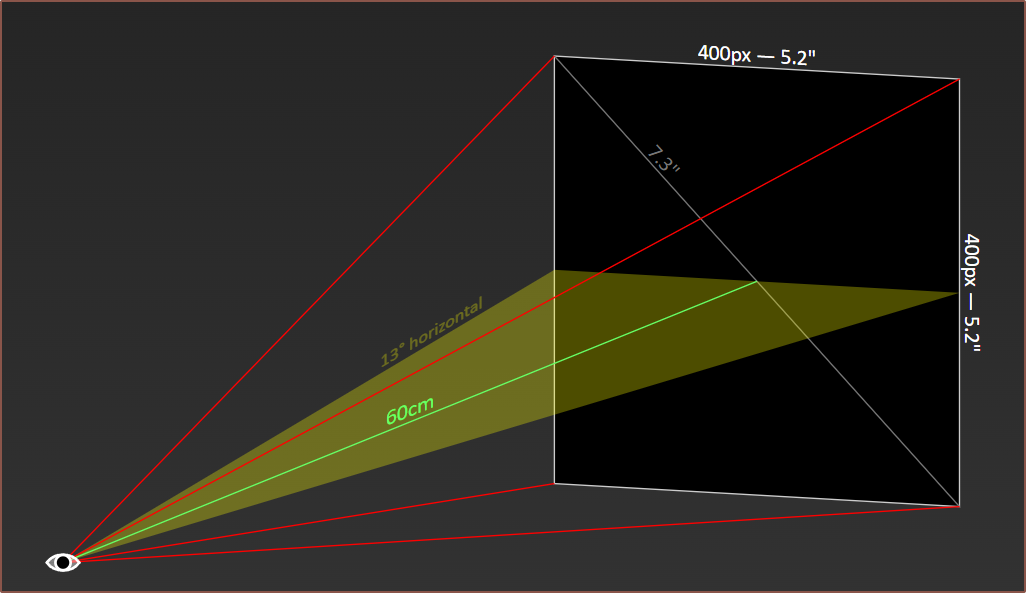

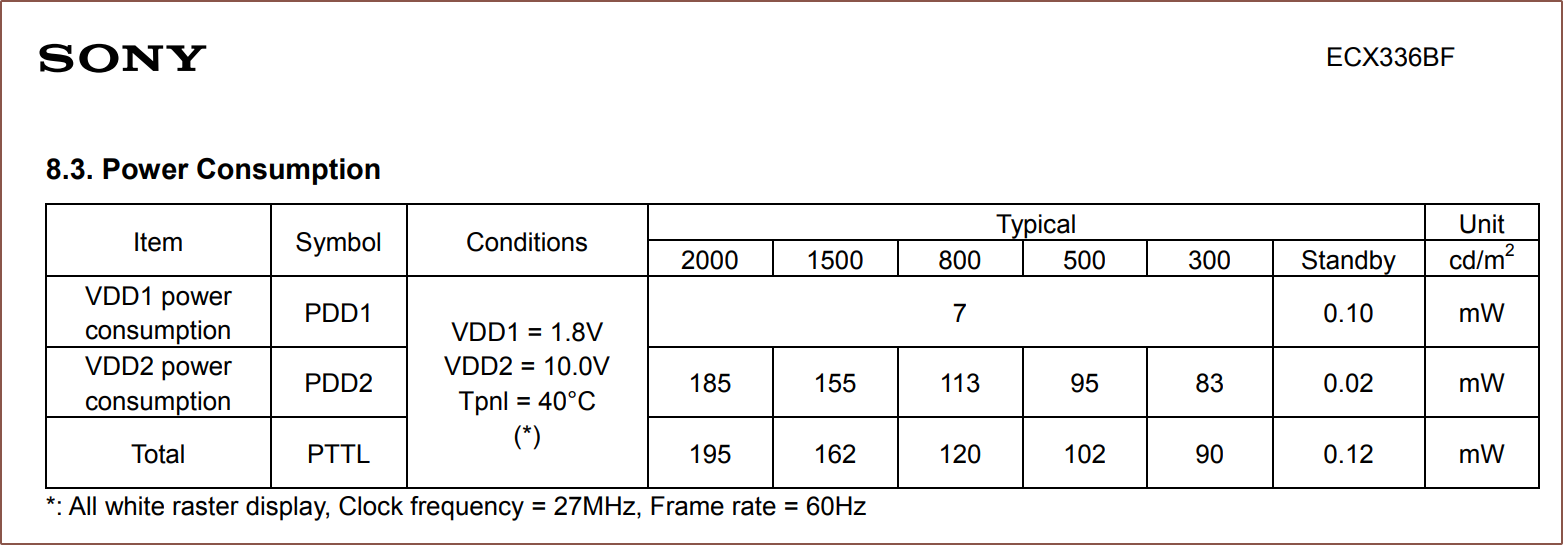
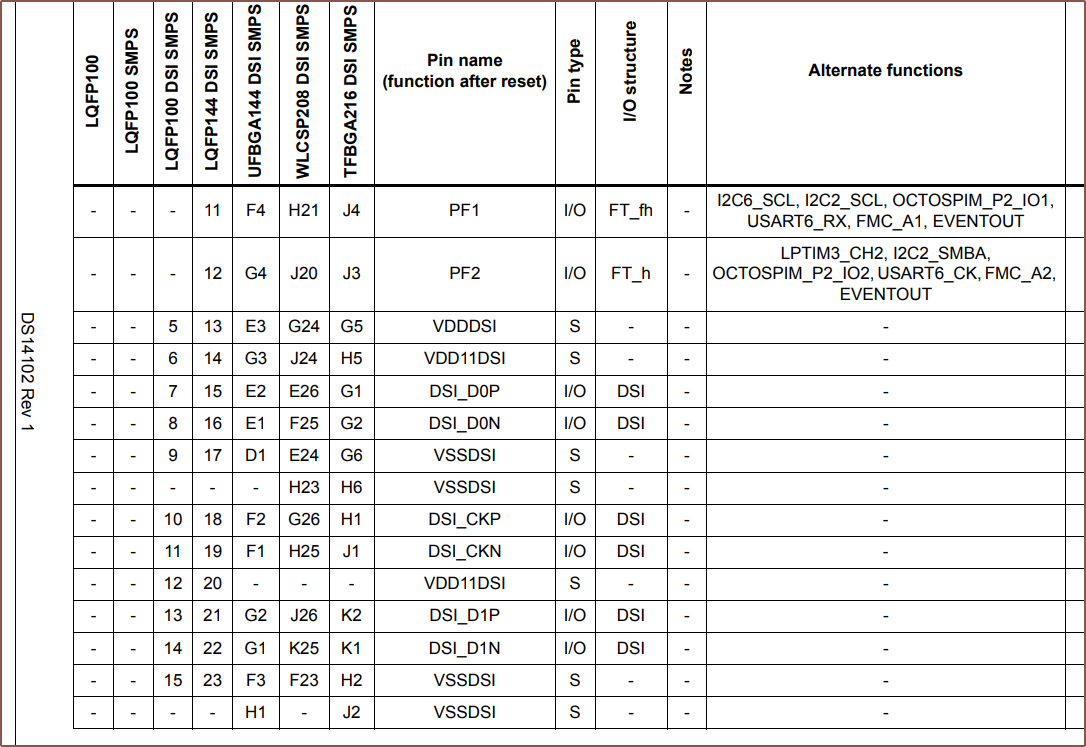
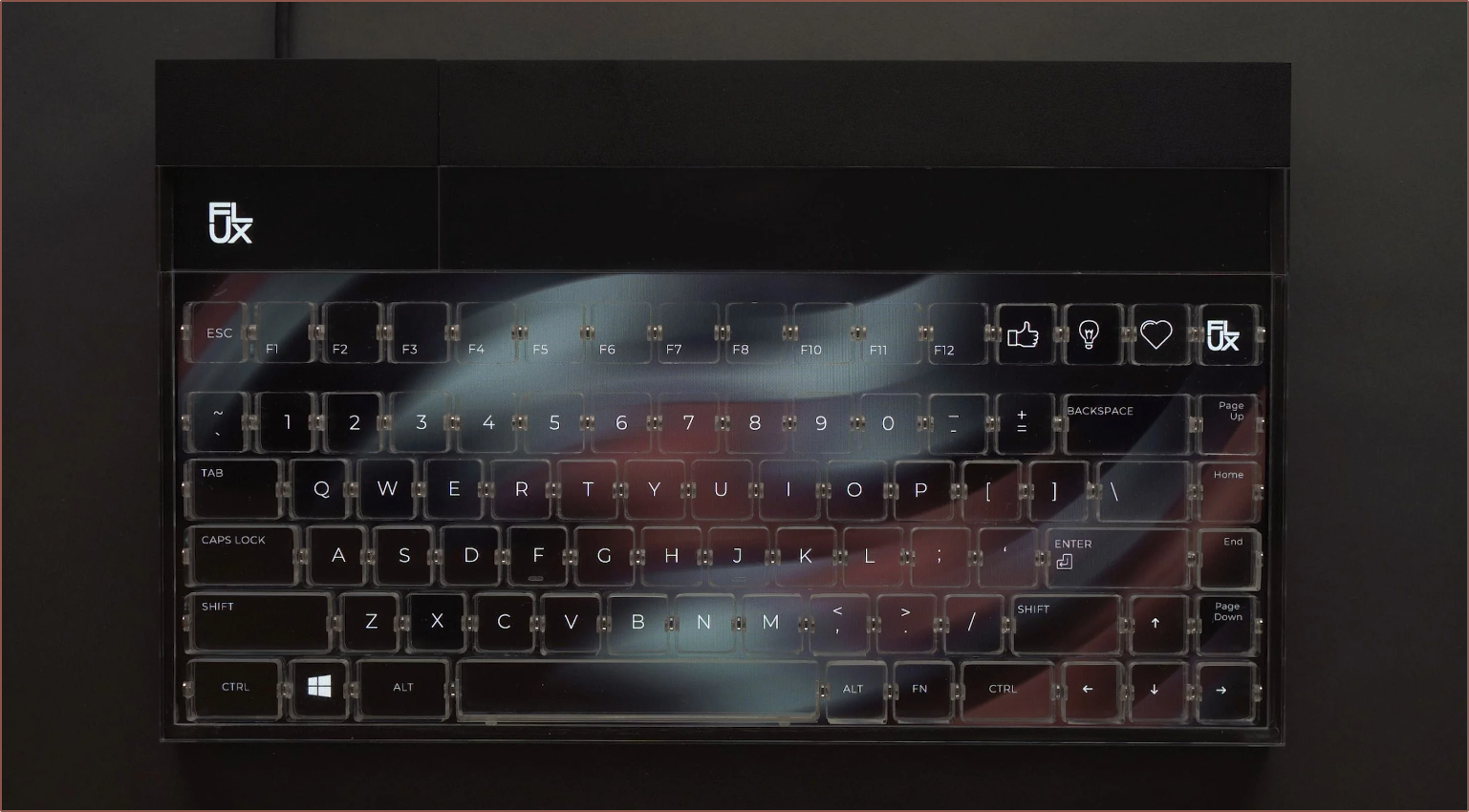
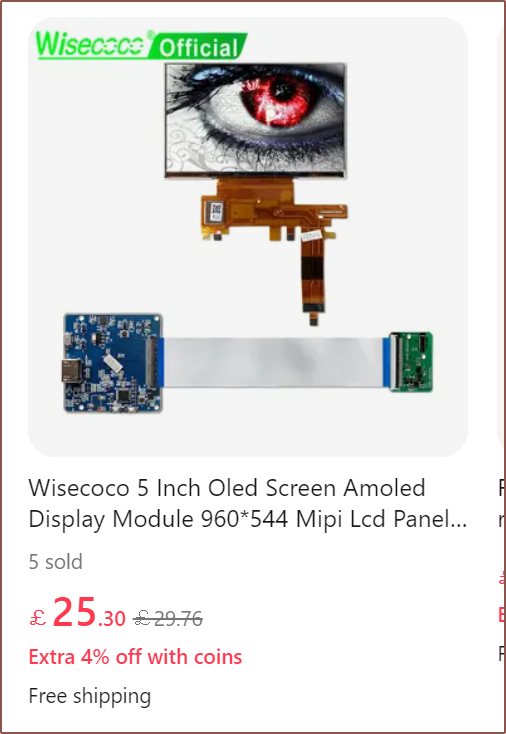
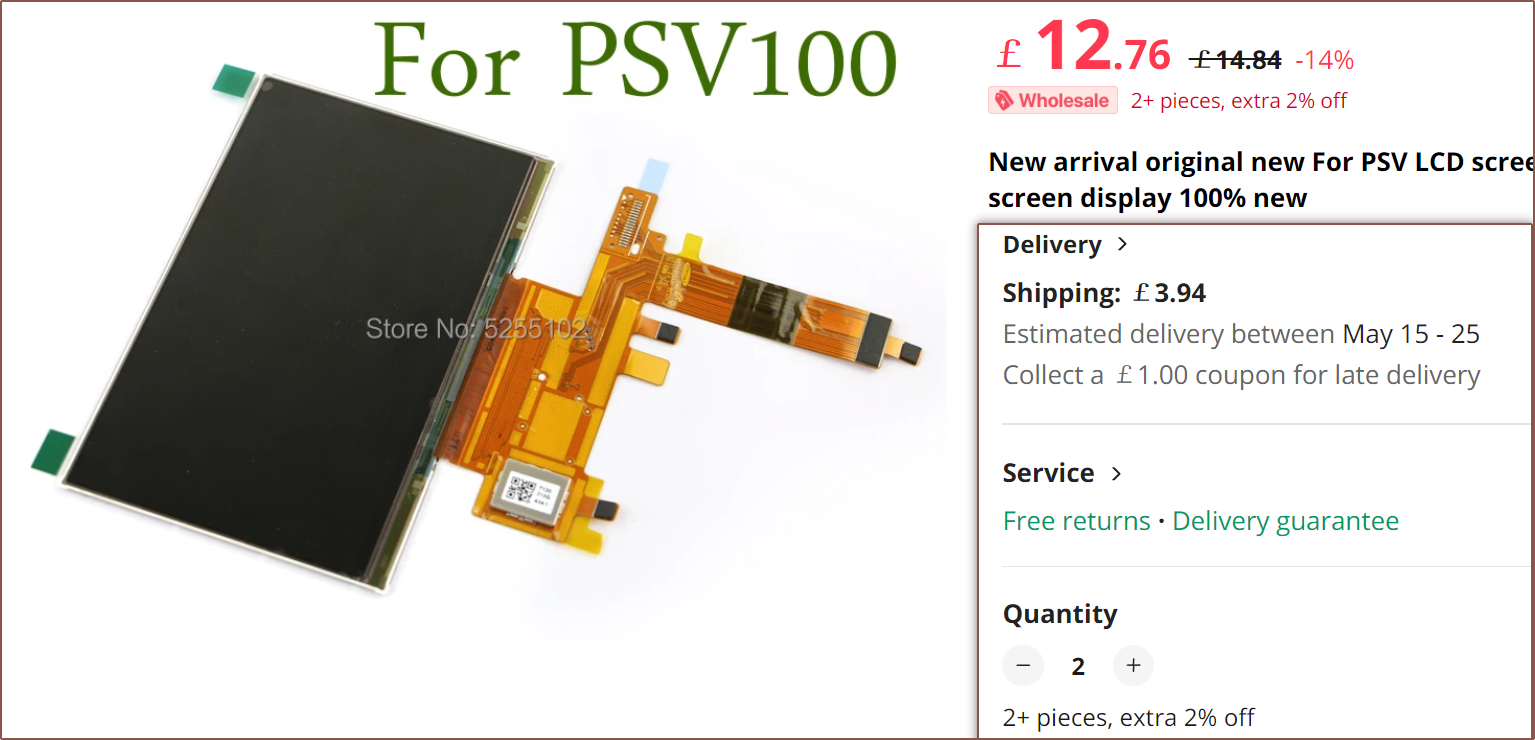
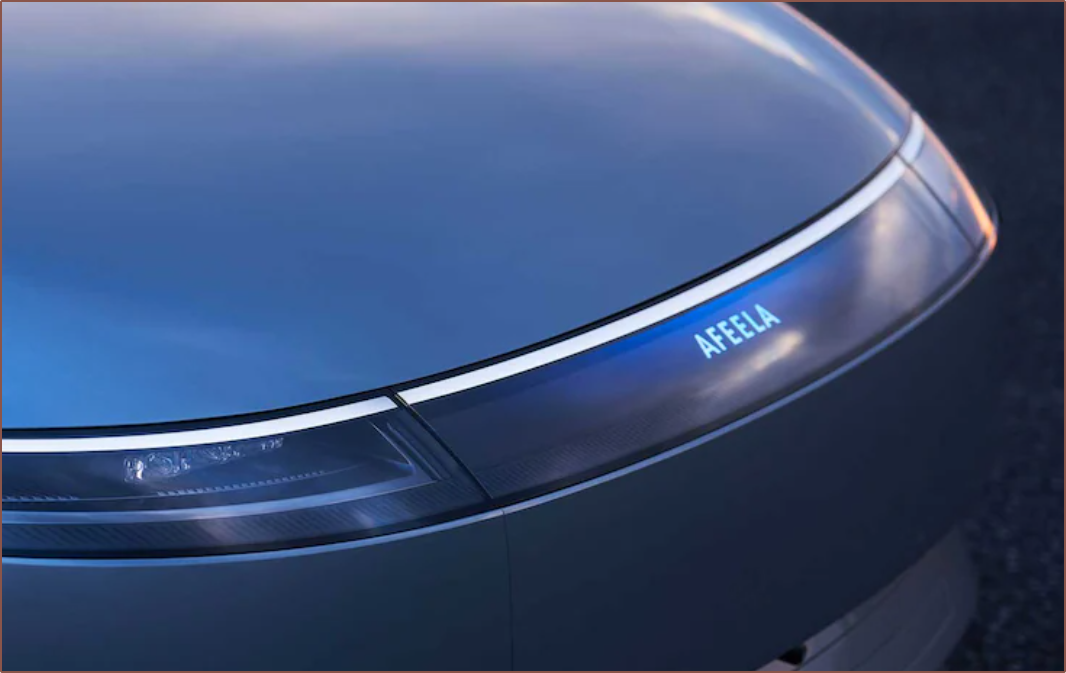
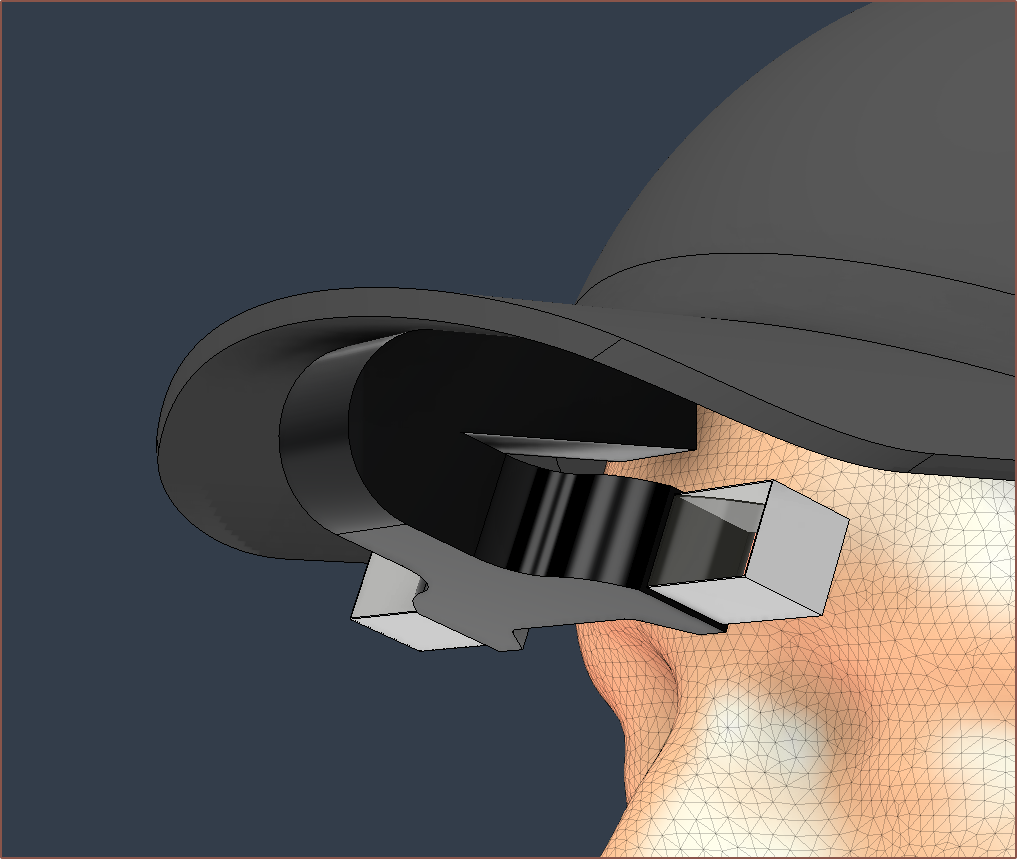
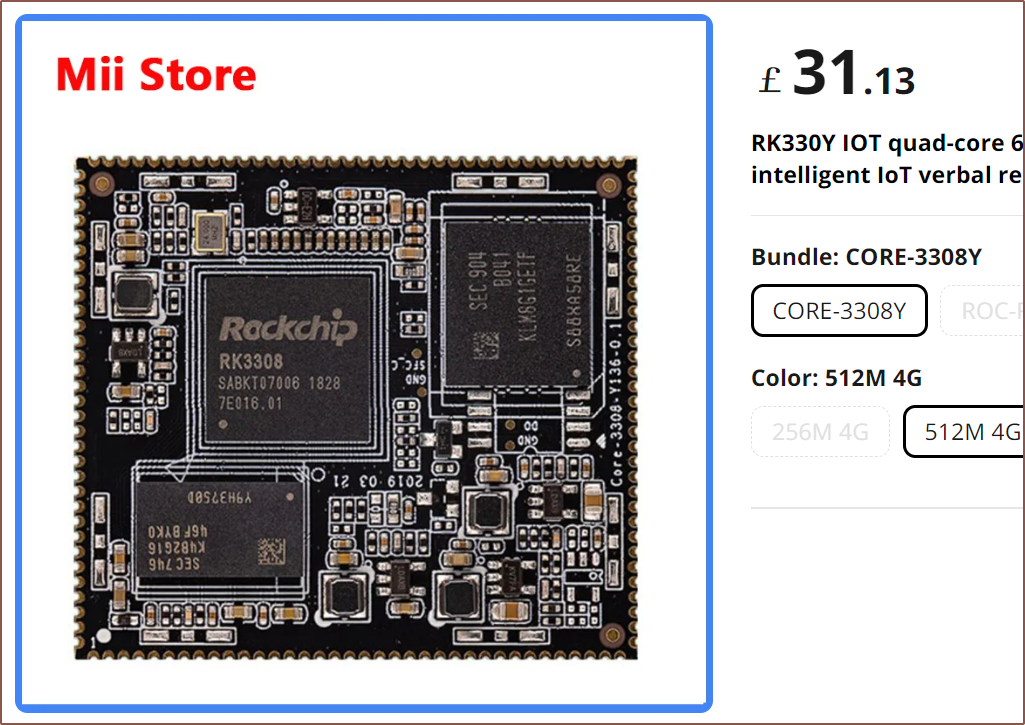
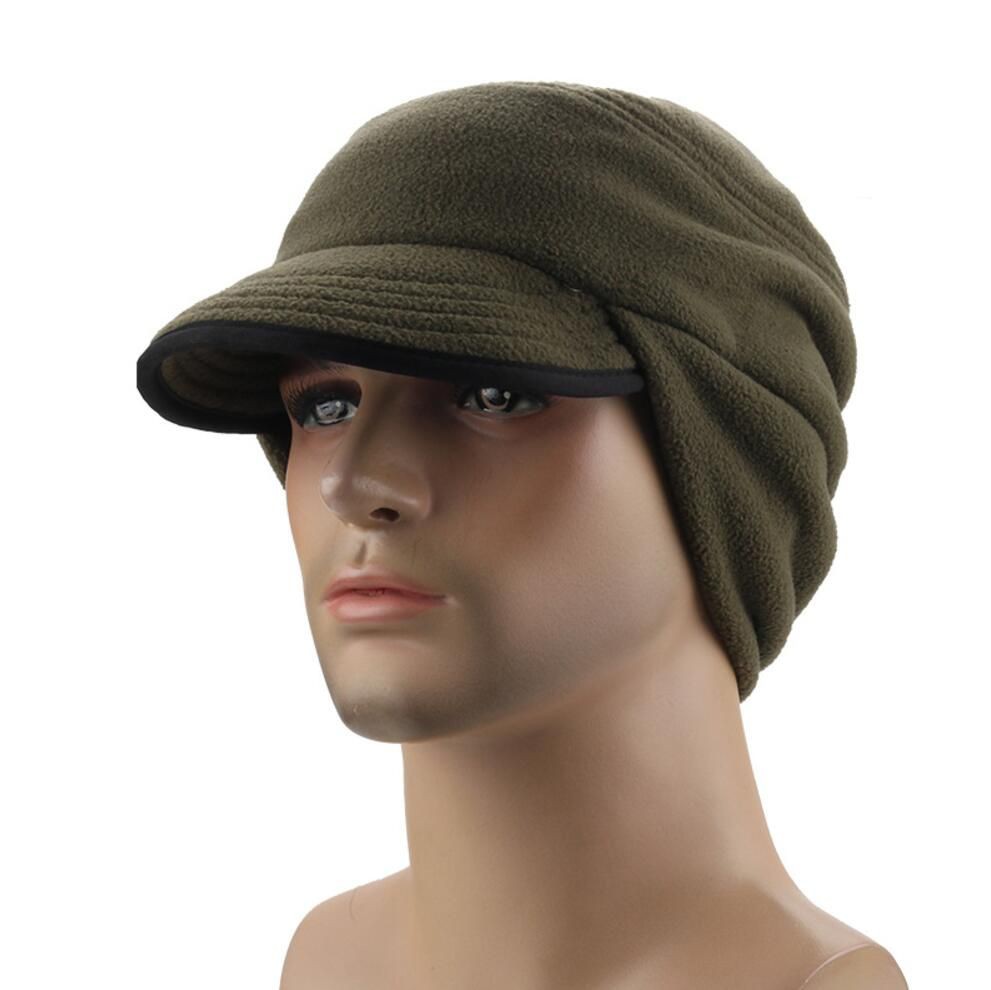
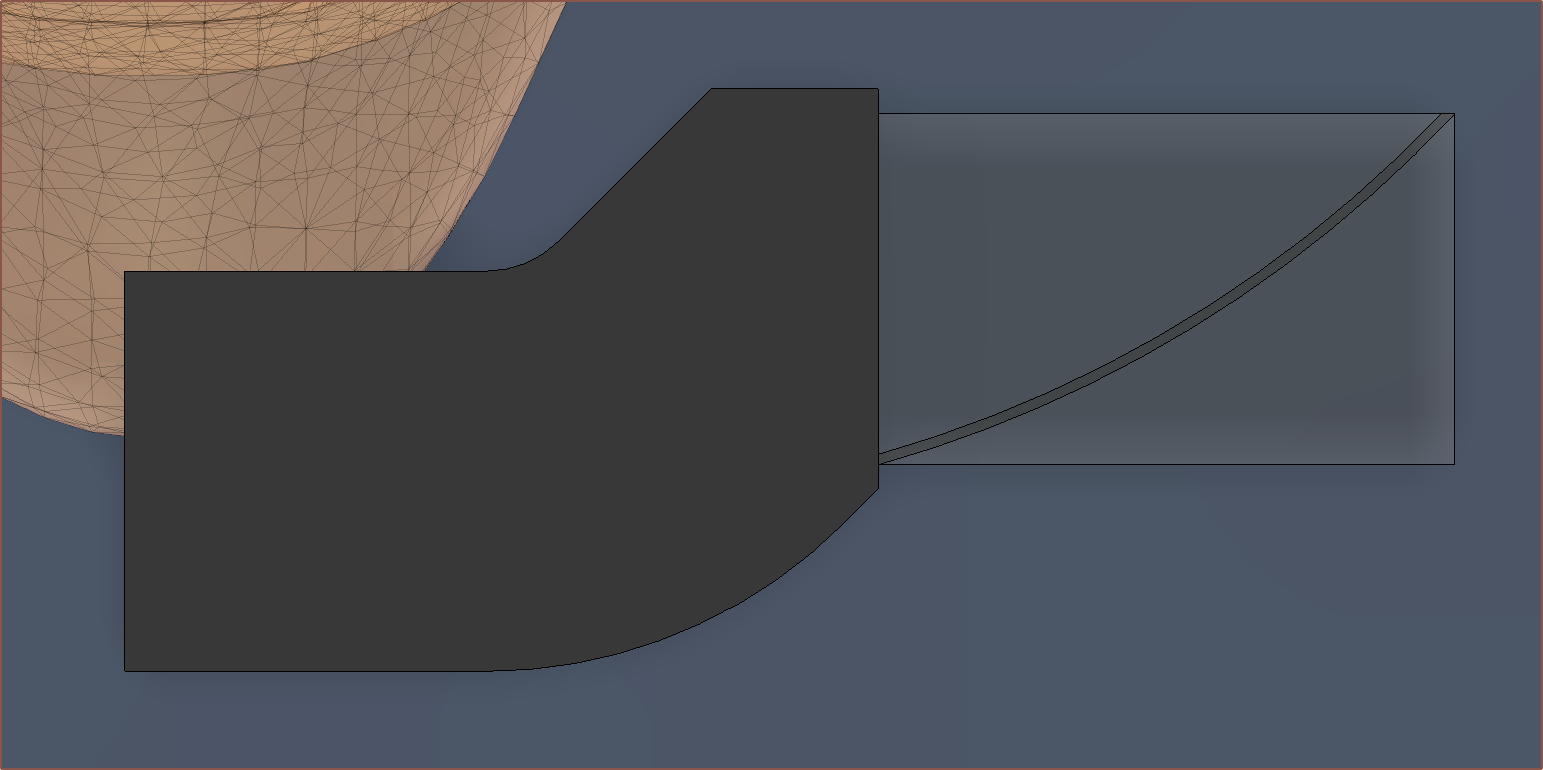
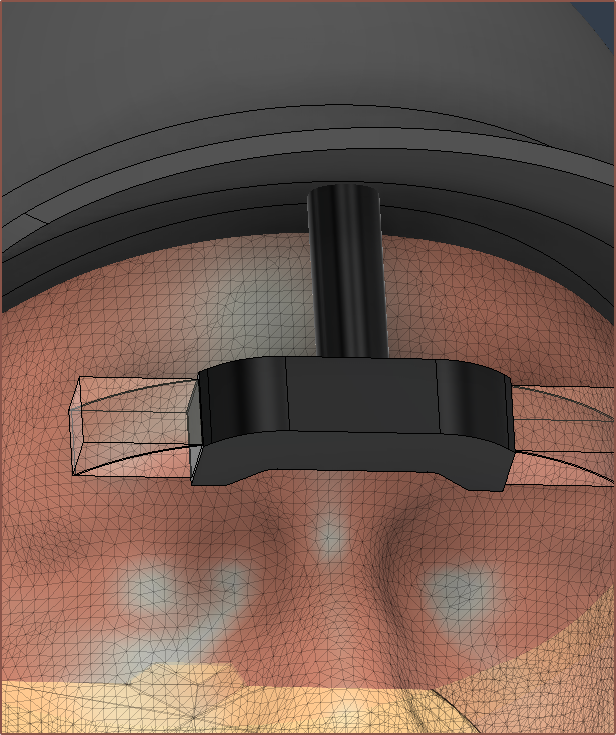
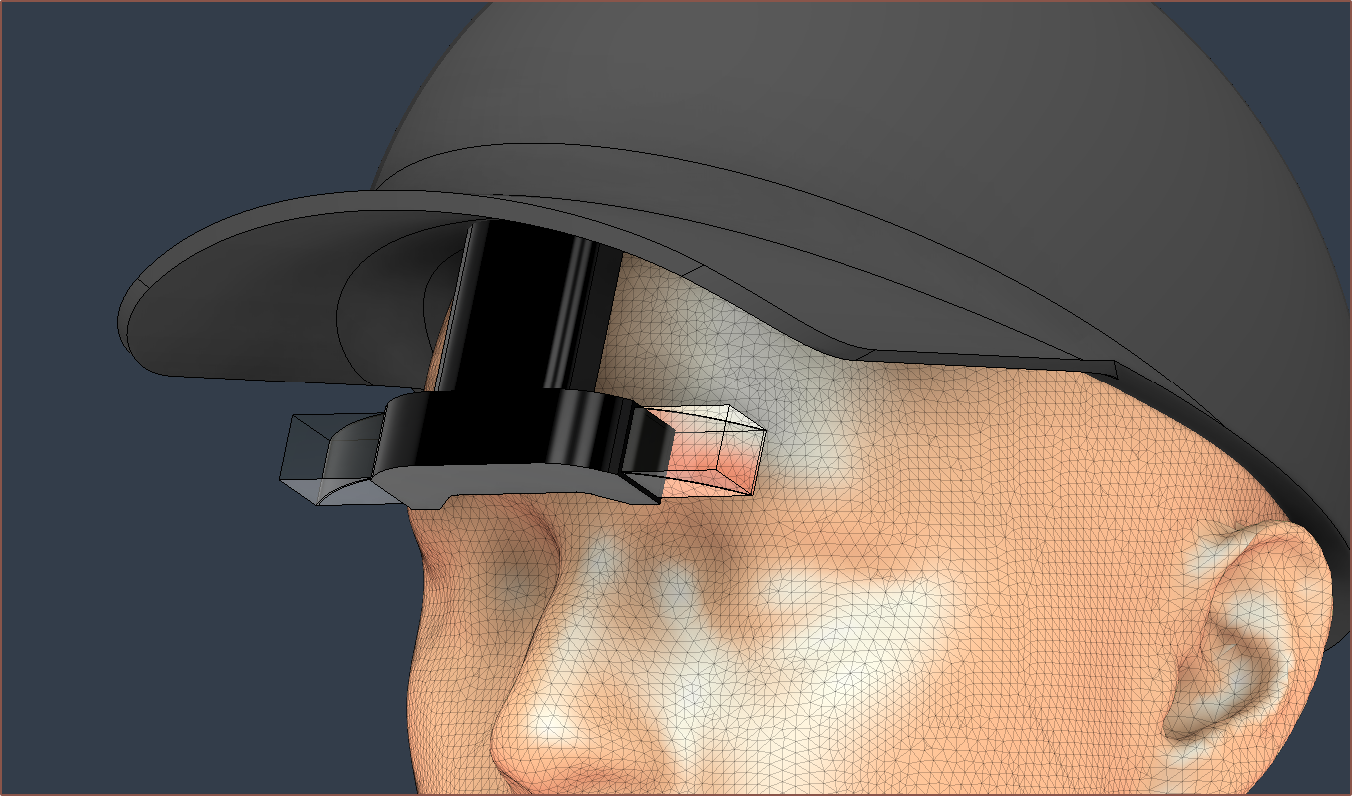
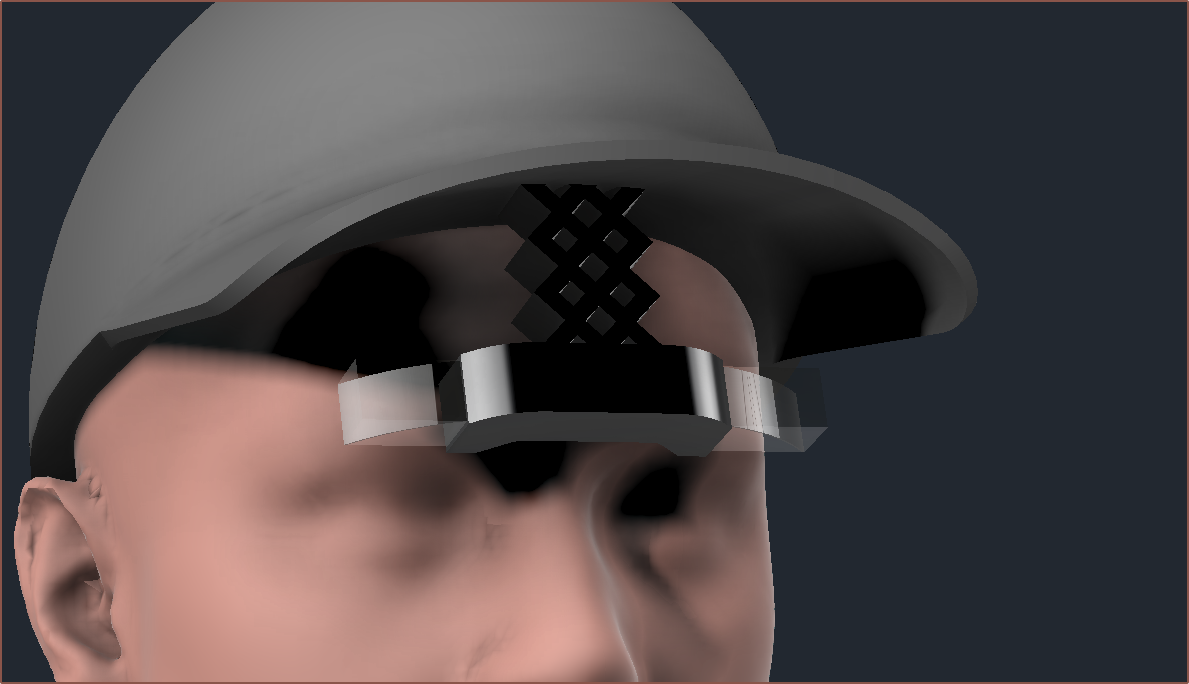
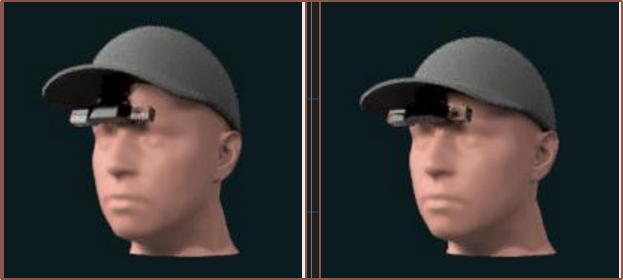

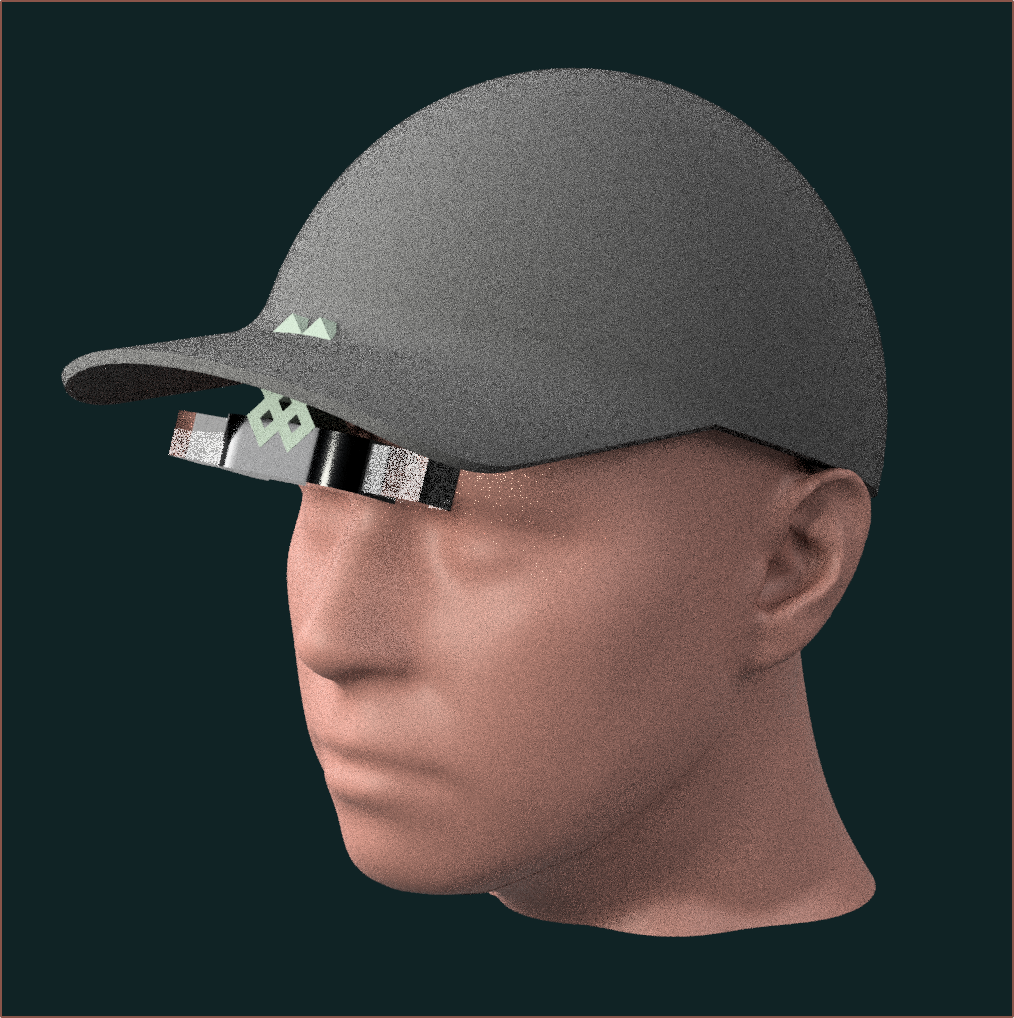
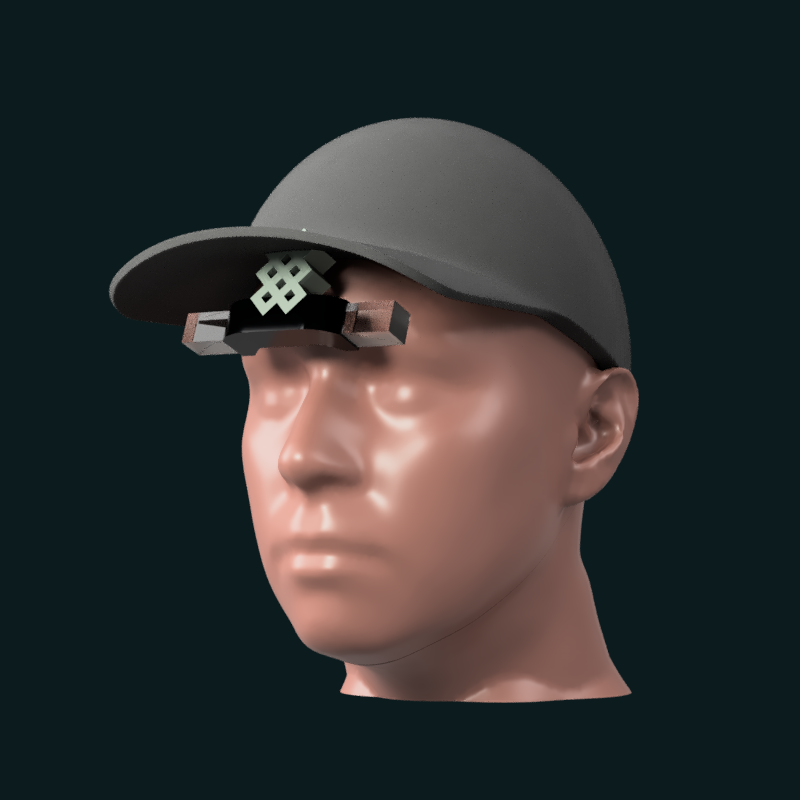
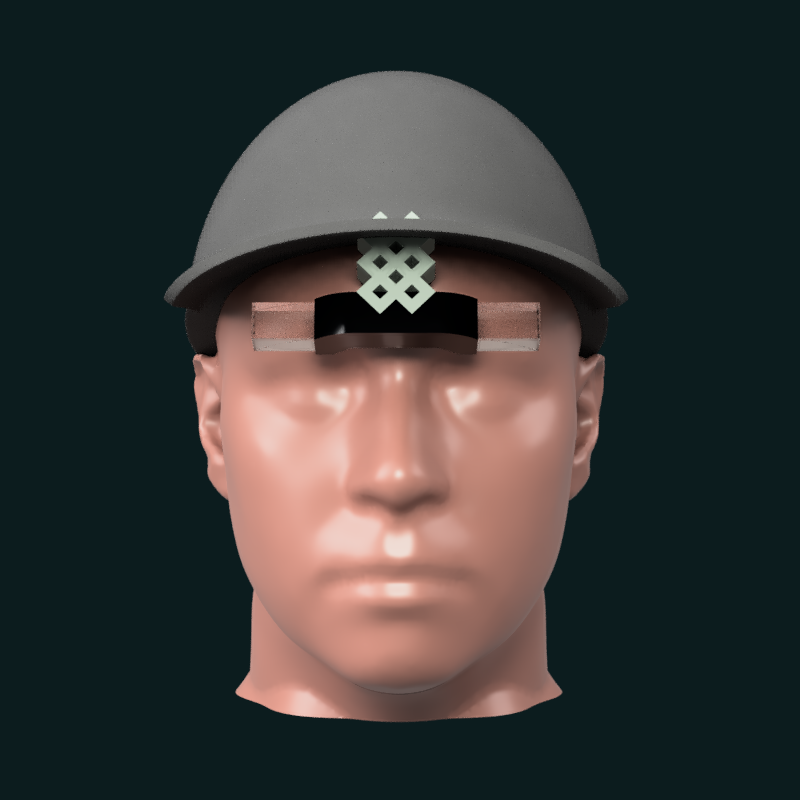
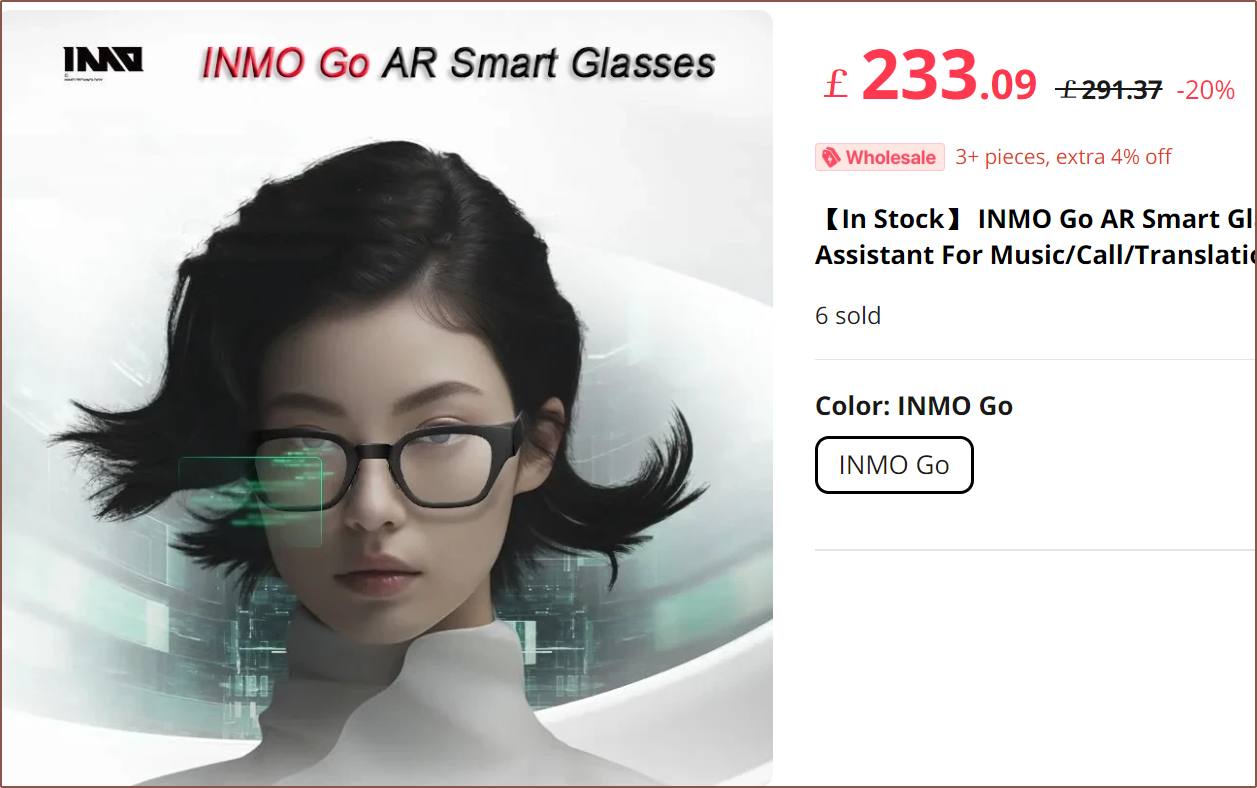 It's green only, so likely wouldn't work very well for the kind of interface I want. It's the cheapest one and is claimed to have a fair good bit of battery life though.
It's green only, so likely wouldn't work very well for the kind of interface I want. It's the cheapest one and is claimed to have a fair good bit of battery life though.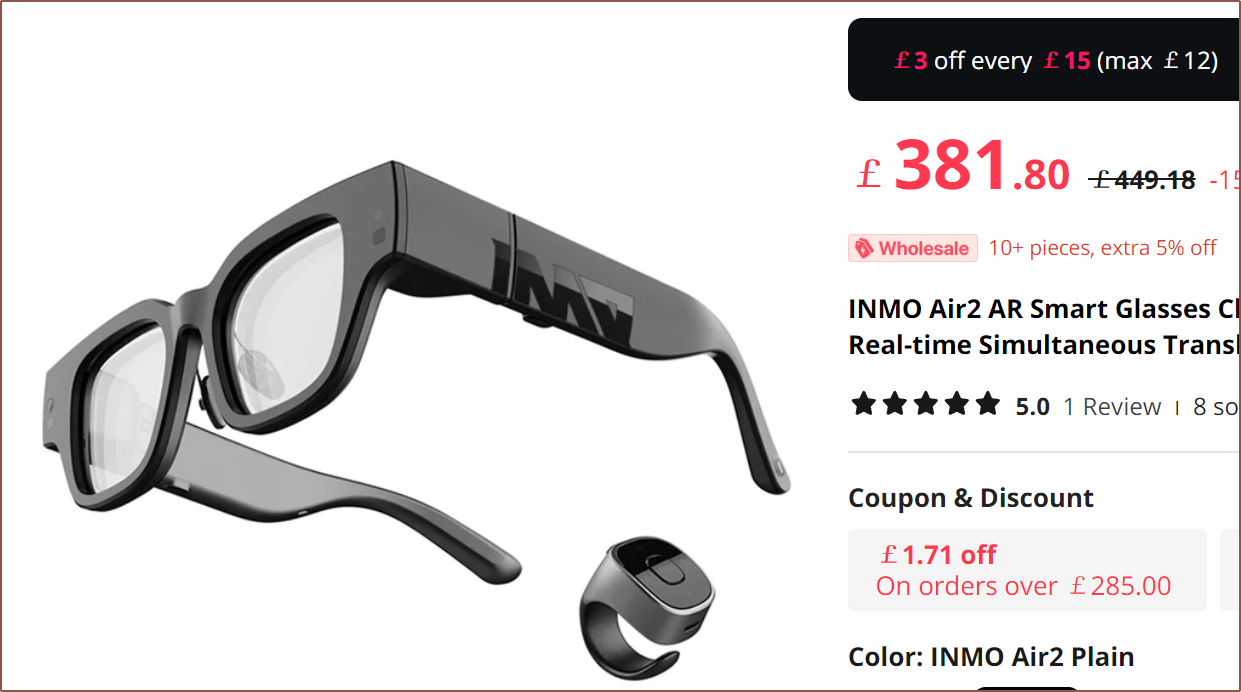
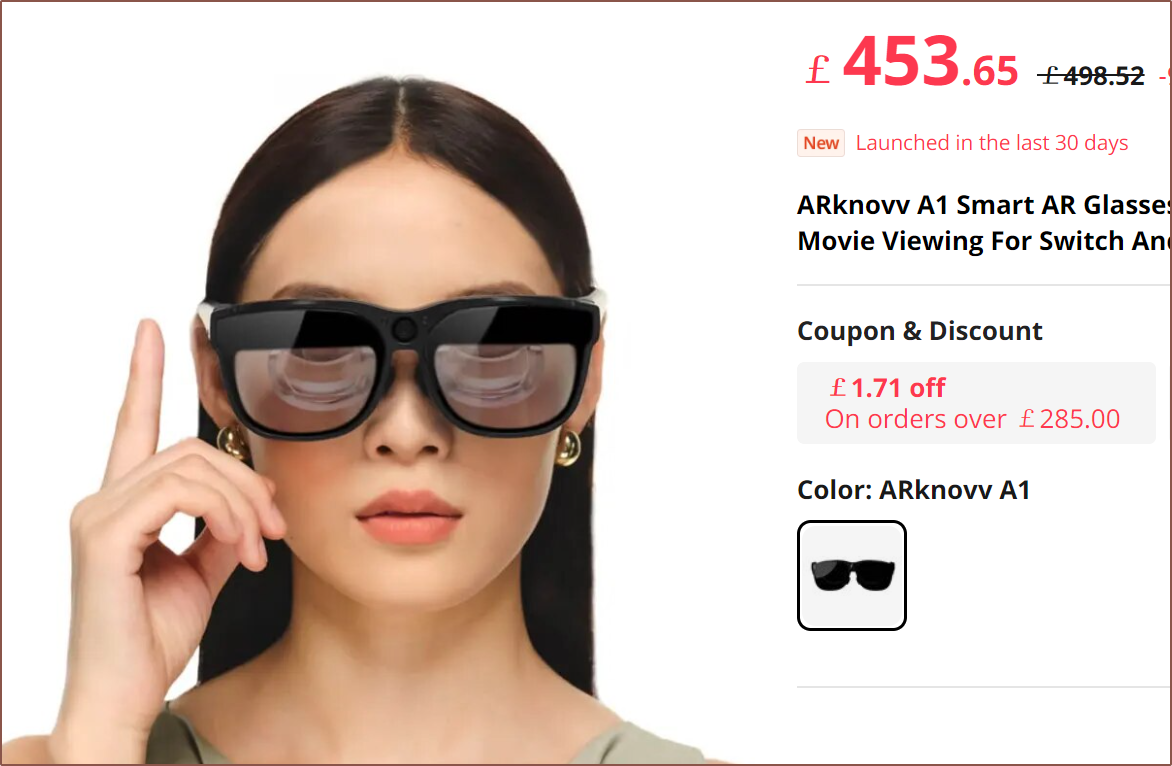 The cool thing about these is that they have 60% transparency and electrochromic lenses (something I was trying to find for
The cool thing about these is that they have 60% transparency and electrochromic lenses (something I was trying to find for 

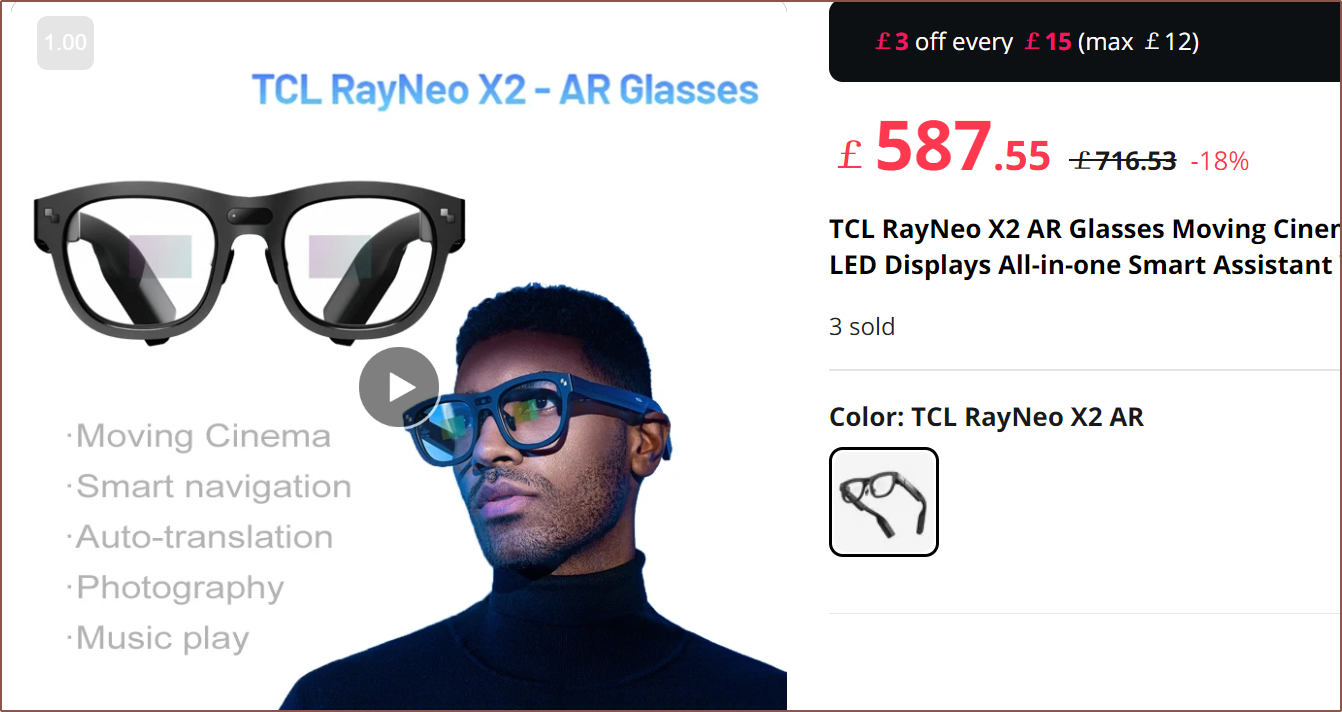
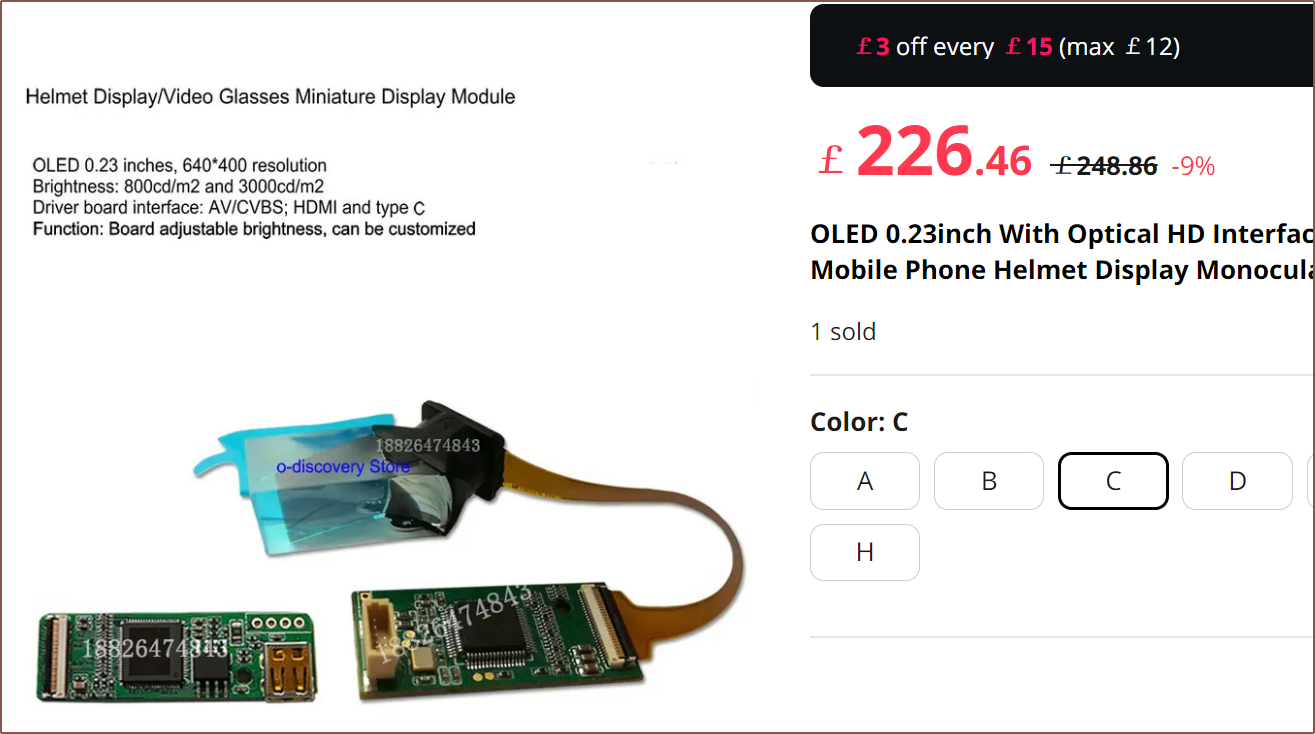 This is what this project is based around. I believe that these are the optical modules used on the Xiaomi Mijia Glasses.
This is what this project is based around. I believe that these are the optical modules used on the Xiaomi Mijia Glasses. 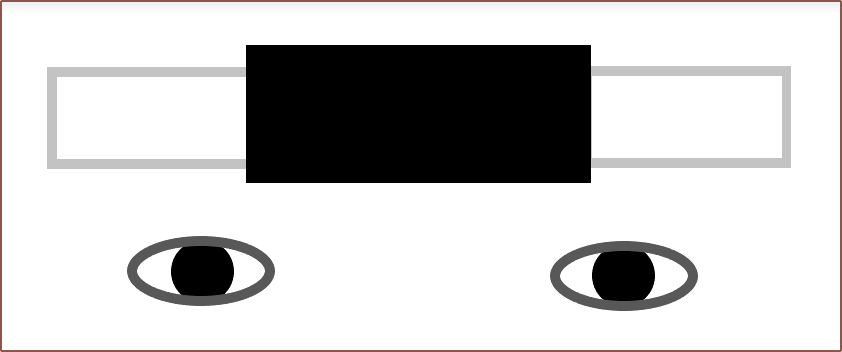
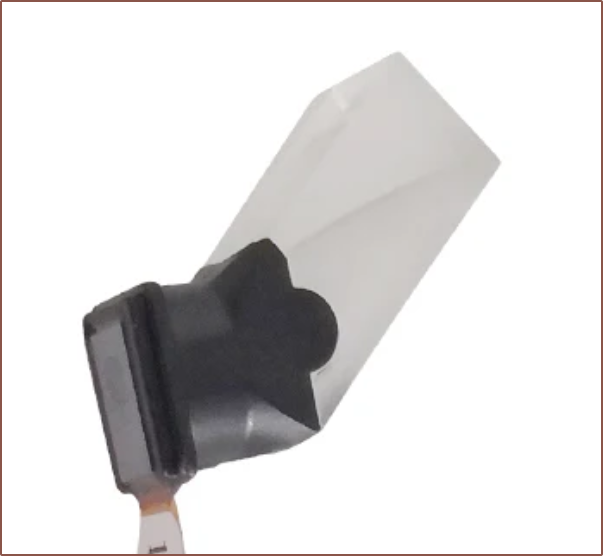
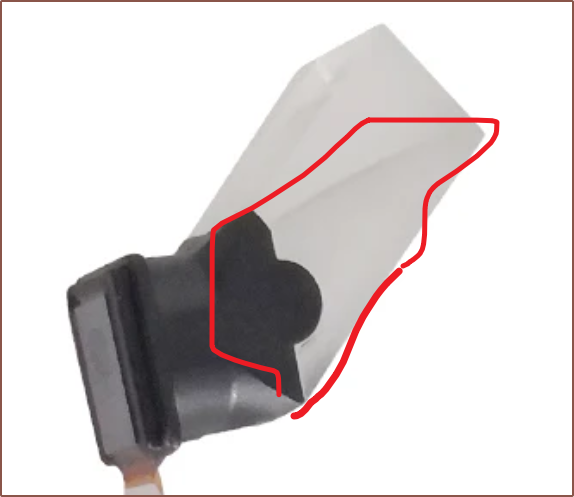 This part crudely highlighted in red is doing most of the work, and the other half is just so that the incoming light from the real world isn't distorted. The image from the display comes in, TIR's off the flat face, and heads towards the curved section. The seller advertises a 60% light efficiency, so I believe that the middle of these freeform optics is coated to make it a 60 : 40 (or 70 : 30 if accounting for any other losses in the system) beamsplitter. The light then doesn't TIR but instead goes through the flat section into the eye.
This part crudely highlighted in red is doing most of the work, and the other half is just so that the incoming light from the real world isn't distorted. The image from the display comes in, TIR's off the flat face, and heads towards the curved section. The seller advertises a 60% light efficiency, so I believe that the middle of these freeform optics is coated to make it a 60 : 40 (or 70 : 30 if accounting for any other losses in the system) beamsplitter. The light then doesn't TIR but instead goes through the flat section into the eye.